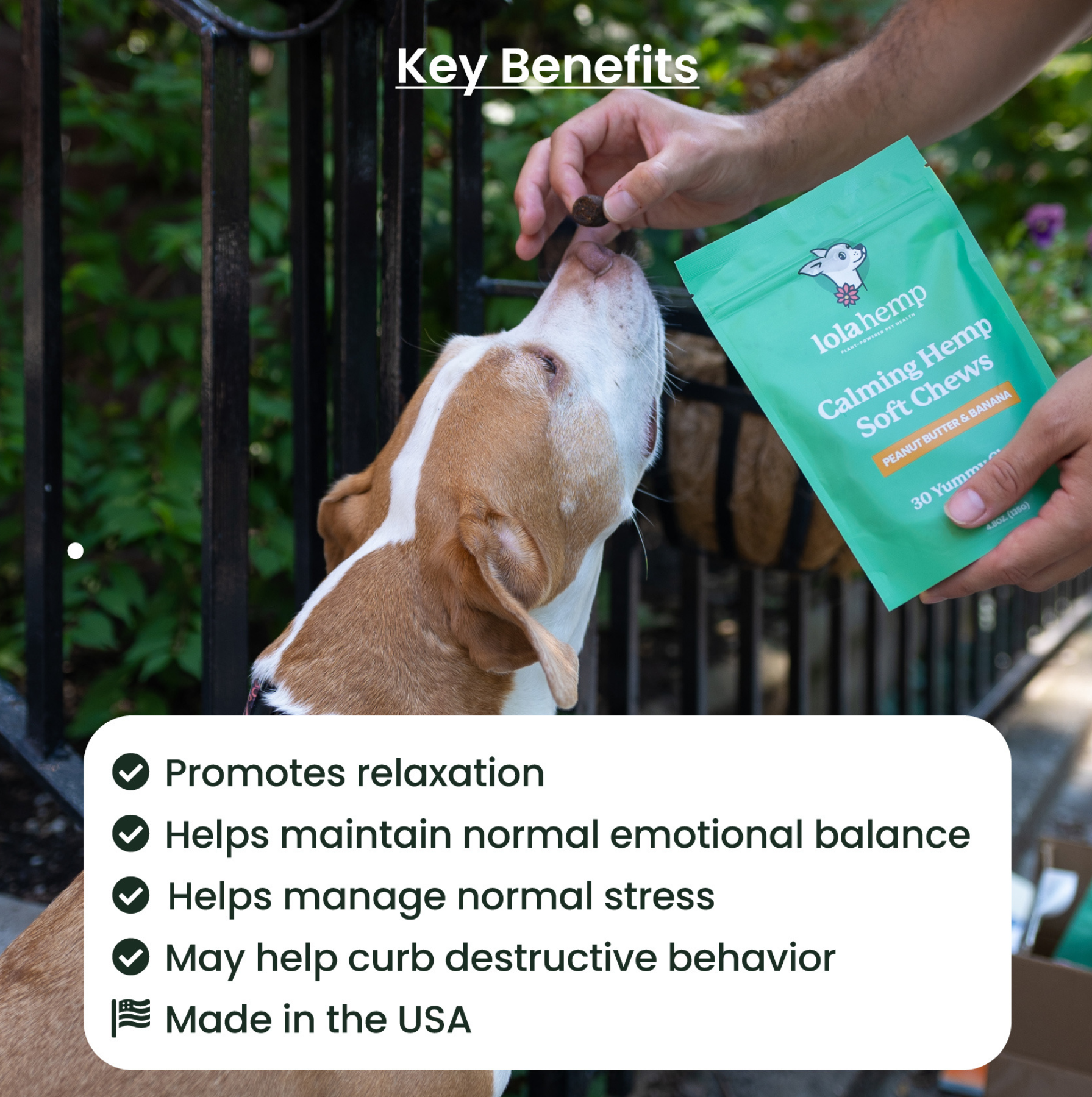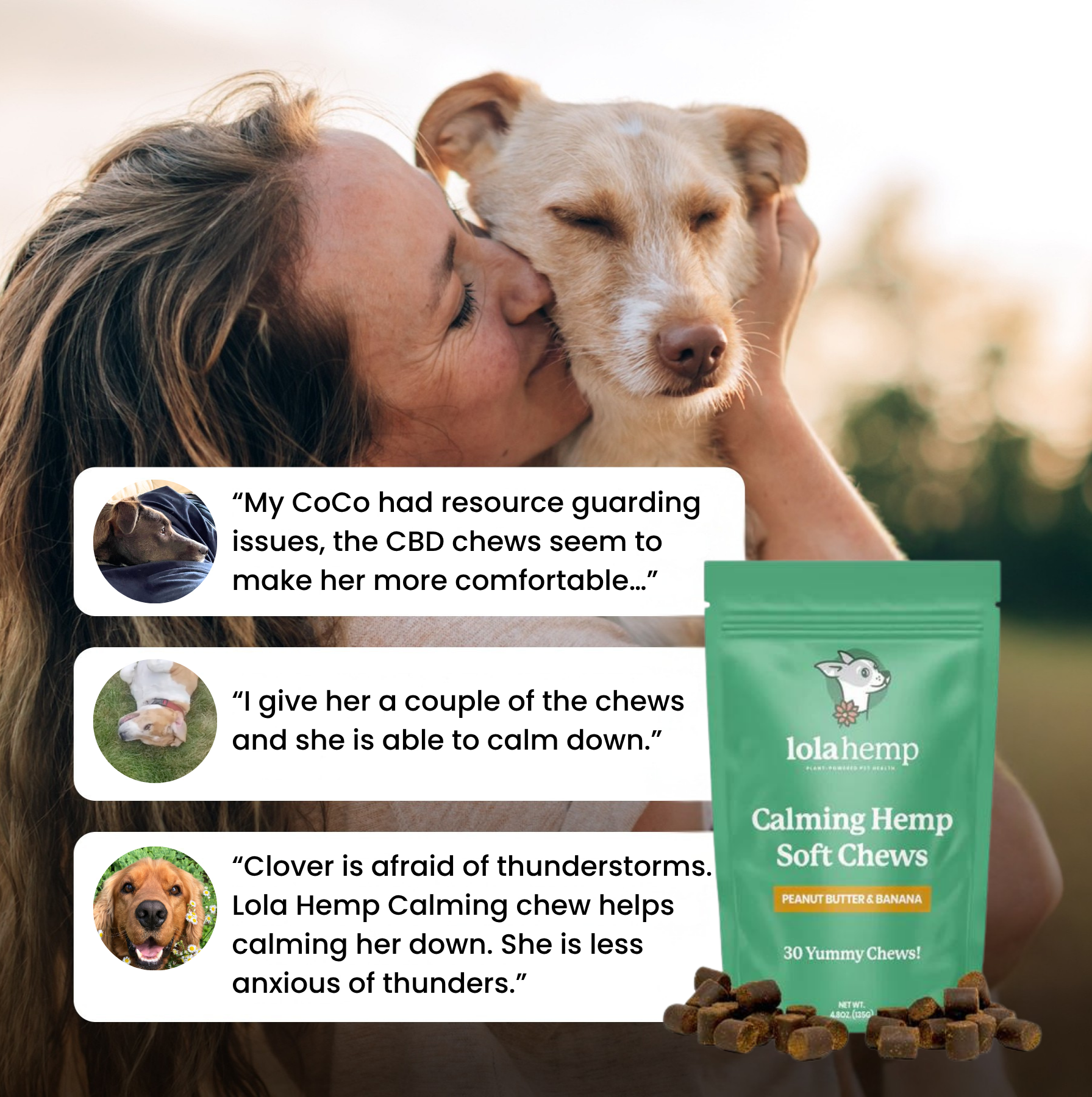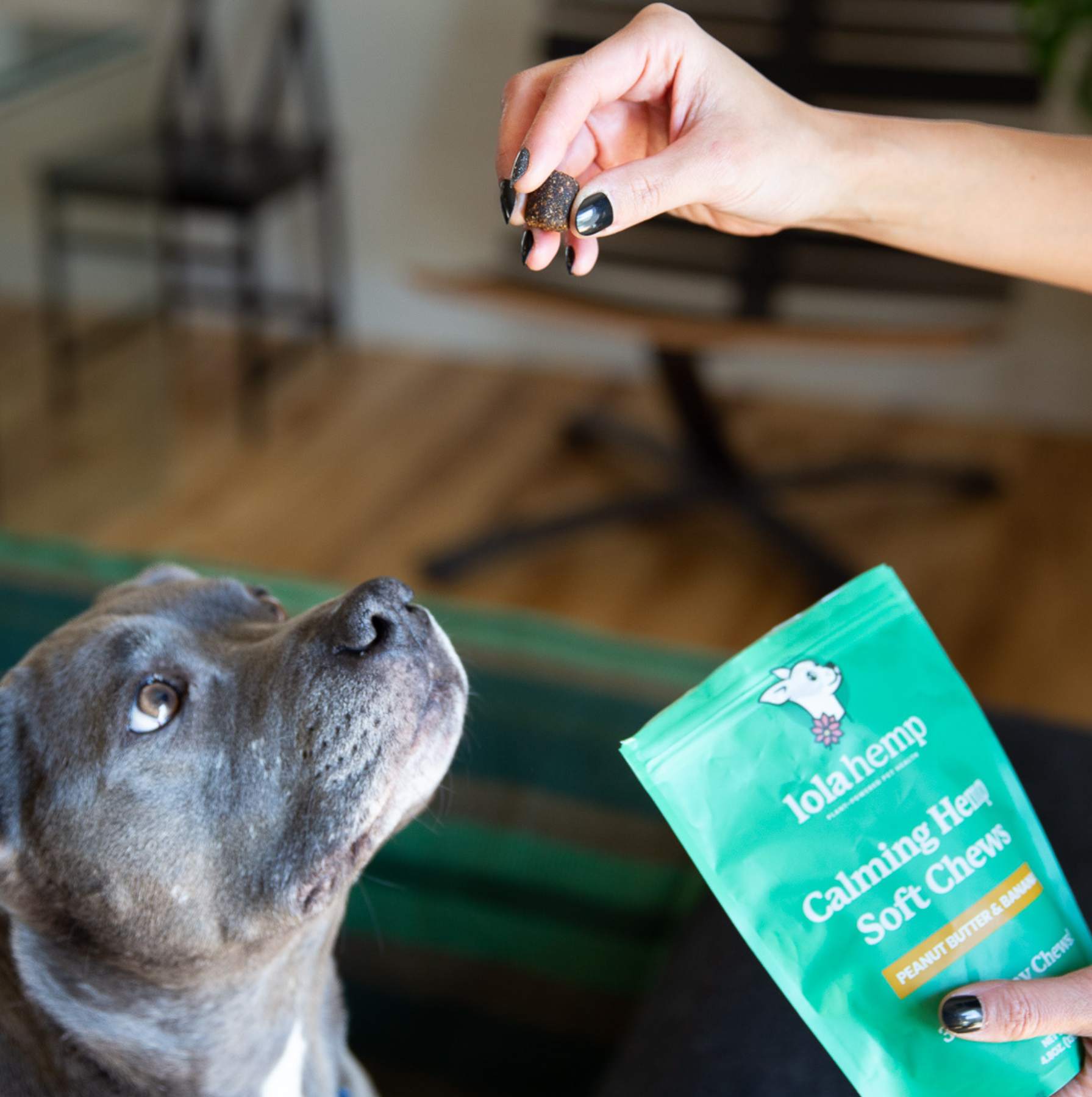This article is focused on 3 major techniques used by pro dog trainers to teach tricks and new behaviors: luring, capturing, and shaping. All of these methods use what is known as positive training, or rewards-based training.
This article can serve as a touch point for you as you embark on your dog's training journey. If you can train luring, capturing, and shaping, you can train your dog anything. These skills are the next step, right after you've taught your dog to come.
Training is one of the absolute best natural remedies for unruly or anxious behavior in dogs. Let's get started.
- Things to Remember Before You Start Training Your Dog
- How to Train Your Dog with The Luring Method
- " href="#b-how-to-train-your-dog-with-the-capturing-method-b">How to Train Your Dog with The "Capturing" Method
- " href="#b-training-your-dog-with-the-shaping-method-b">Training Your Dog with The "Shaping" Method
- Conclusion
- Dog Training Methods: Frequently Asked Questions
Things to Remember Before You Start Training Your Dog
If you are new to rewards-based training, keep in mind these basic principles that will help you and your dog succeed:
- Use a sound such as a clicker to mark the behavior you want, always followed by a reward. The sound is called a “marker,” and many people refer to the process as “clicker training.”
- Keep training sessions short enough that you quit before your dog begins to lose focus and enthusiasm.
- Set your dog up for success and improve their motivation to learn.
- Don’t correct your dog during a training session. Instead, ignore behavior you are not looking for and reward the behavior you are looking for.
- Be clear in your head about the criteria you’re rewarding, raising the bar only after your dog has shown lots of success at the previous criteria.
- Training sessions should feel like a game for your dog. The game is “do this - get that.” If you are not having a good time, neither is your dog. Come back to a training session when you’re in a good headspace to make training a fun exercise for you both.
If your dog struggles to focus during training sessions, a natural calming chew can be an excellent training aid to help your pooch pay attention.

How to Train Your Dog with The Luring Method
Luring is a training technique that is so easy to learn that it’s great for those new to training, as well as for use with puppies learning their first tricks. In fact, luring is so easy that some people never move past it, over-relying on this technique. While it’s a powerful technique, be sure to move on to other training methods and make the most of your training time.
- Hold the treat (or other food lures) in your hand and let your dog sniff it, even lick it.
- Move your hand slowly so that your dog follows it with their nose and the rest of their body.
- Once you have the desired movement, mark with your dedicated marker sound (or click) then let the dog have the treat.
Here is a great video showing the lure technique to teach a sit:
1. Fade The Lure Early in Training
Luring is basically a bribe for your dog. And, as a result, if you rely on it too much, your dog will quickly stop doing anything without a bribe. To solve this problem, you need to fade the lure hand as soon as possible.
After your dog has successfully done the behavior you are looking for three times in a row with a lure, stop holding the treat in your hand. Instead, use the same hand motion you used for your luring except without the treat in your hand. When you get the right behavior again, mark and reward, this time using the other hand to deliver the treat from your training pouch.
If your dog suddenly acts like they have no idea what you want, just be patient. Try a few more times before going back to the lure. Get a few more successes and then do the hand motion without the lure again.
2. Abbreviate Your Hand Motion: Creating a Nonverbal Cue
Dog trainers use two types of cues for dogs: verbal and nonverbal. The cue is the signal that you want a specific behavior. A key to training success is to build the hand signal into the early training of the behavior, abbreviating it over time into the nonverbal cue.
Trainers add a verbal cue only after the dog is reliably doing the finished behavior on the nonverbal hand cue - usually by saying it right before the hand cue and repeating over and over until either the hand cue or the verbal cue gets the right behavior independently.
You can practice this easily when you train the spin command. At first, you will be moving the lure around your dog’s body as they follow it for a spin, then you will be doing the same without the lure, then you will be abbreviating the hand motion over time until you are only moving a single finger in a circular motion as the nonverbal cue.
Finally, you can add the verbal cue right before the hand signal, and soon your dog will do the trick from either cue reliably.
3. Use Luring to Teach Your Dog to Follow Your Pointed Finger
One of the most important building blocks for future training is to teach your dog to go where you point. Use the luring technique outlined above to train this vital skill early on and you will find that you have a leg up on any future training that involves your dog moving from one place to another.

How to Train Your Dog with The "Capturing" Method
How to Use Capturing to Train Your Dog a New Behavior:
- Wait for your dog to volunteer a behavior you would like to turn into a trick on command.
- Mark and reward.
- Wait for your dog to do it again, mark, and reward.
- Once your dog is doing the behavior often, add a hand signal. Continue to mark and reward.
- Once your dog is responsive to the hand signal, add a verbal cue.
The method is simple. If you see your dog doing something you would like to put on command, simply mark and reward the behavior. Sit there and wait for them to do it again, mark and reward. In no time your dog will “get it” and start giving you the behavior in rapid succession, with you marking and rewarding as fast as they are offering it.
You can see when the little light bulb goes off in their brains and they know that doing this gets them that. Once you are there, start giving your nonverbal cue (hand signal) right as they start to do the behavior. Again, mark and reward as fast as you can.
Once your dog is doing the trick reliably from a hand signal, practiced over several sessions, you can add your verbal cue. Again, simply say it right before the hand signal, mark and reward quickly, and soon your dog will do the trick from either cue.

Training Your Dog with The "Shaping" Method
What is “shaping behavior” when it comes to dog training?
Shaping is a technique that takes the capturing method to the next level. In a nutshell, shaping is basically the same as capturing except you don't wait for the final behavior you are looking for before you mark and reward. Instead, you take anything close to the final behavior at first, raising the bar towards the good behavior you want over time.
Shaping is used both to train new behaviors, as well as to refine behaviors trained with other methods. A great example of this is training impulse control exercises such as stay or wait. While the trainer will mark/reward even a few seconds of a stay or wait at first, they will eventually raise the criteria for reward to longer periods of time.
How to Use Shaping to Teach Your Dog New Behavior:
- Start by accepting any movement that is in the direction of the final trick you want to teach. Mark and reward several times.
- Once your dog is expecting to be rewarded for the beginning behavior, pause and wait for them to go one step closer. Mark and reward several times.
- Repeat this process until you are getting the exact behavior you want.
- Add a nonverbal cue first.
- Finally, add the verbal cue to the finished behavior.
Here is a quick video showing the technique of shaping or “free shaping” to teach a dog to stand in a box:
Shaping is a relatively advanced technique that does require a good deal of practice to master. For one thing, it is all about timing that marker to make sure you are marking the behavior that is just a little bit more of what you want while not setting the bar so high that your dog loses enthusiasm.
Conclusion
Training your dog is fun, and a great way to create a connection with your dog. Shaping, luring, and capturing are three training methods that can be effective.
You can use elements of each method in your training sessions, but having an understanding of these three training formats should give you a solid foundation to help your dog learn new things.
Dog Training Methods: Frequently Asked Questions
What are the main dog training methods beginners should learn?
The main dog training methods beginners should learn are luring, capturing, and shaping, all of which use rewards-based training.
How does luring work in dog training?
Luring works by using a treat to guide your dog into the position or movement you want, followed by marking and rewarding the behavior.
What is capturing in dog training?
Capturing involves waiting for your dog to naturally offer a behavior you want to train, then marking and rewarding it to reinforce the action.
How does shaping help dogs learn complex behaviors?
Shaping helps dogs learn complex behaviors by rewarding small steps toward the final action, raising the criteria gradually over time.
Which dog training method is best for anxious or unfocused dogs?
Luring is often best for anxious or unfocused dogs because it gives them a clear, easy path to follow, helping build engagement and confidence.










